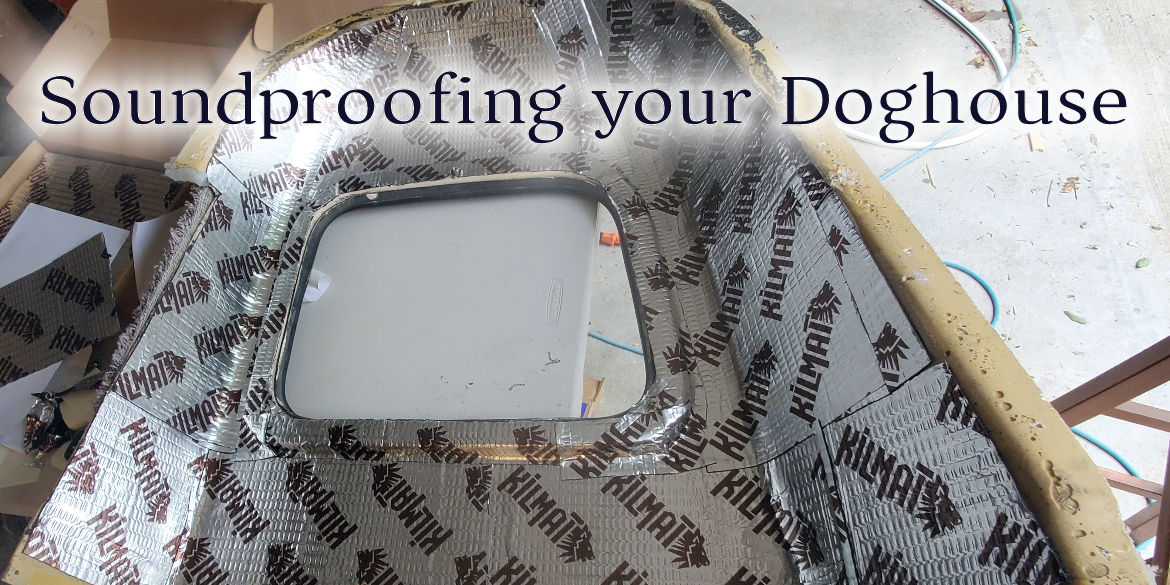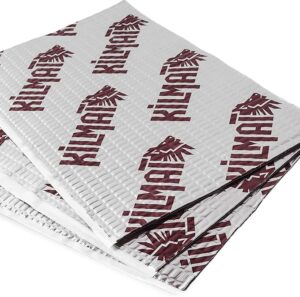Older gas rigs have always had a problem with engine noise. The engine is located within inches of the driver, after all. The “cover” over the engine that protects the interior from the heat, noise, and danger of sitting so close to the engine is called the “doghouse”.
Manufactures have had a reputation of making the doghouse thin and nearly useless in terms of damping the engine noise, so owners have turned to ways to improve this. The most common way is to add sound-deadening insulation.
A quick search on Amazon will turn up a few companies that provide sound-deadening materials that are both effective and easy to install.
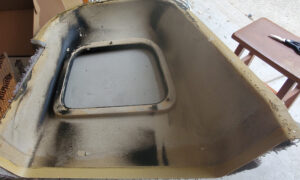
Freshly removed doghouse
As you can see, after pulling off the fiberglass doghouse, there is virtually no insulation attached. I assume the builders felt that the carpet on top of the doghouse would be sufficient. Wrong they were!
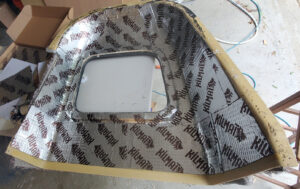 Completed soundproofed doghouse |
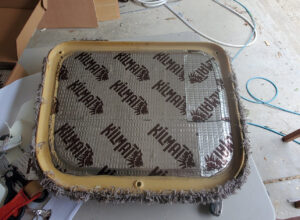 Doghouse Cover |
I chose to purchase Kilmat. It is popular, easy to use and self-adhesive. It is also reasonably priced. Simply apply the material in small pieces to completely cover the interior of the doghouse. In my case, I chose to apply two layers. It significantly improved the sound level in the cab of the rig as well as reduce the heat transmitted from the engine to the coach. I highly recommend this or a similar product.
Estimated time from beginning to end of this project is about 4 hours.

